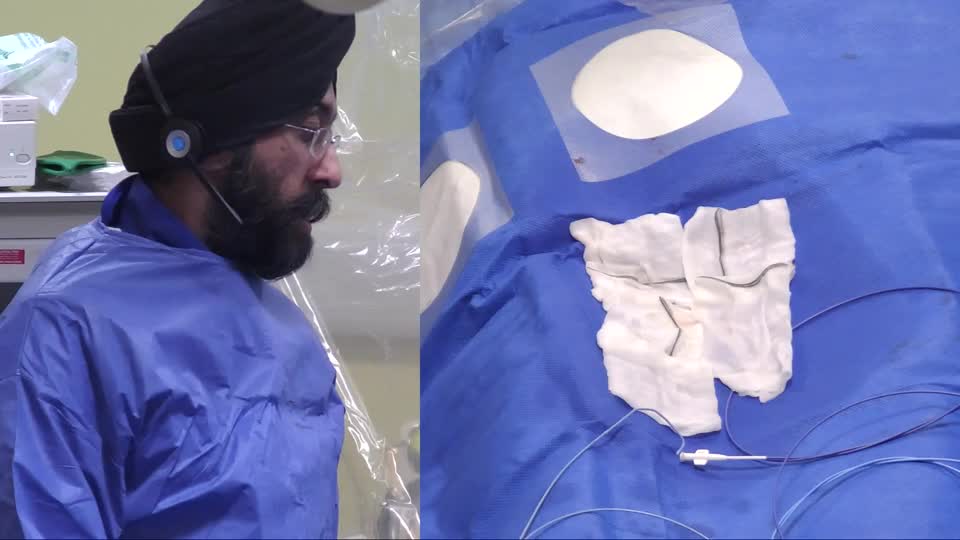Recommended videos you might also like
18:23
What artery is that? Recognise and refine coronary views - Neil Ruparelia

23:19
Using CT to determine patient risk and management - Dr Sayan Sen

35:10
Recognise and respond promptly to the peri-arrest patient on the table - Sukh...

26:04
Right and Left Heart Catheterisation Made Easy - Susan Connolly

26:05
Right heart catheterisation made easy - Susan Connolly

26:04
Right and Left Heart Catheterisation Made Easy - Susan Connolly

Fail Safe Guide to Access Routes and Guide Catheters in Acutely Unwell Patients - Dr. Amarjit Sethi
109 views
Summary
Amarjit Sethi outlines options for vascular access and guiding catheters in specific situations in ACS patients
- How to deal with complex and high-risk patients
- Cariogenic shock
- Multi vessel...
Summary
Amarjit Sethi outlines options for vascular access and guiding catheters in specific situations in ACS patients
- How to deal with complex and high-risk patients
- Cariogenic shock
- Multi vessel disease
- Last remaining coronary artery
- Large area of myocardium at risk
- Impaired systolic function
- How to prepare your access with regards to specific considerations
- Central venous access - delivery of inotropes, temporary pacing wires
- Multiple arterial access - circulatory support devices such as IABP
- Radial versus femoral access
- How to limit access-related complications
- How to choose your guide catheter for specific situations
- Femoral or radial
- French size (5F guides helpful with small radial arteries but limits the amount of equipment that can be used - i.e thrombus aspiration, rotablation)
- Aortic width
- Lesion location and characteristics (distal lesion, tortuously, calcification)
- Side holes or not
- Fitting for the coronary
- Special scenarios - IMA for LIMA PCI, MPA for vein-graft
- Get comfortable with your choice of guide catheter for most situations ("workhorse guide catheter")
Simple Education, is a leading provider of coronary physiology and intracoronary imaging courses to aid treatment of complex coronary artery disease.
Join the conversation
to comment







